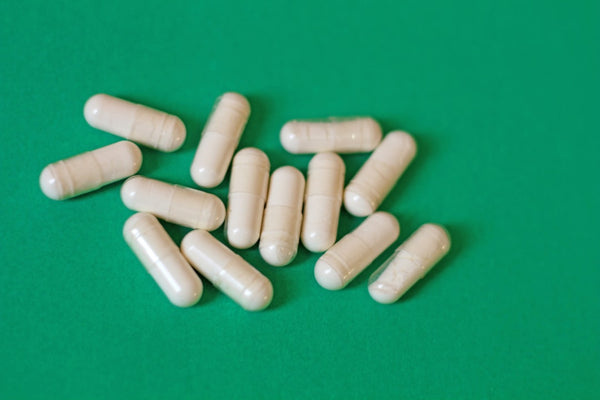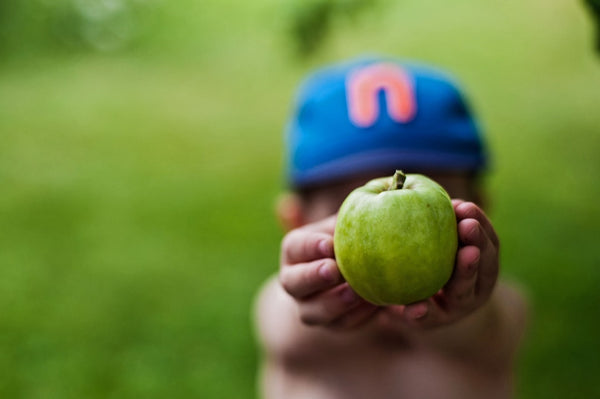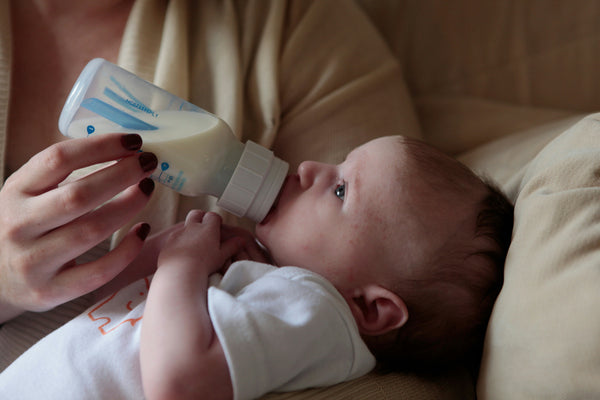How to Read Nutrition Labels for Kids’ Health in 2025
share this article

Nutrition labels can feel overwhelming, especially when you’re trying to make the best choices for your kid’s health. But as more families aim to limit added sugars, artificial ingredients, and ultra-processed foods, understanding how to read a nutrition label has never been more important.
In 2025, updates to food labeling laws and a rise in front-of-pack claims make it easier (and sometimes harder) to decode what’s truly healthy. Here's what every parent should look for when scanning the back of a box.
1. Start With the Ingredient List
The ingredient list tells you what's actually in the food—and the order matters. Ingredients are listed from most to least by weight. So if sugar or refined flour is listed first, that’s what your kiddo is mostly eating.
Tips:
-
Look for whole ingredients like oats, chickpeas, fruits, or vegetables near the top.
-
Avoid long lists with dozens of additives, especially artificial dyes or flavor enhancers.
-
“Natural flavors” can be a red flag. This catch-all term may include hidden preservatives or solvents.
2. Check the Serving Size
This part is often overlooked, but it's crucial. A food may seem low in sugar or sodium—until you realize the serving size is tiny.
For example, a granola bar may say it contains 6g of sugar per serving, but if the serving size is half the bar, your kid is getting double that if they eat the whole thing.
3. Know the Limits on Added Sugar
In 2025, nutrition labels are required to clearly list “Added Sugars” in grams. For toddlers and young kids, the American Heart Association recommends less than 25 grams (6 teaspoons) per day of added sugar [2].
Ideal:
-
Choose foods with less than 4g of added sugar per serving
-
Avoid sugary snacks disguised as health foods (like fruit snacks or flavored yogurts)
4. Fiber Matters (But Not All Fiber Is Equal)
Kids in the U.S. are still falling far short of daily fiber goals. A product labeled as “good source of fiber” may sound promising, but check where the fiber is coming from.
Naturally occurring fiber from whole grains, fruits, veggies, or added prebiotic fibers (like chicory root or HMOs) supports better digestion and regularity. Look for:
-
3+ grams of fiber per serving
-
Named fibers like inulin, chicory root fiber, or 2’-FL HMO instead of generic “cellulose” or “polydextrose”
Growing Up Prebiotics is a good example - it provides plant-based and HMO fiber sources designed for kids, with no hidden sweeteners or fillers.
5. Decode Marketing Claims
Terms like “all natural,” “immune support,” or “gut healthy” are everywhere—but they’re not always backed by real science.
Pro tips:
-
“Organic” doesn’t mean it’s low in sugar or high in nutrients
-
“No added sugar” may still contain fruit juice concentrates or artificial sweeteners
-
“Made with whole grains” could mean it contains just a small amount of whole grain flour
Trust the label facts, not the front-of-pack buzzwords.
6. Watch for Sneaky Sodium
Sodium sneaks into lots of packaged snacks—even sweet ones. Kids aged 1–3 should have no more than 1,200 mg of sodium/day, and ages 4–8 should stay under 1,500 mg/day [3].
Stick to snacks with less than 150–200 mg of sodium per serving, especially if your kiddo eats multiple processed foods per day.
Summary
Reading labels is a powerful way to take charge of your kid’s nutrition. In 2025, new labeling rules have made things clearer, but it’s still easy to be misled. Focus on short, simple ingredient lists, low added sugars, fiber from real or functional sources, and minimal sodium. Every label is an opportunity to make a better choice for your kiddo’s health.
















